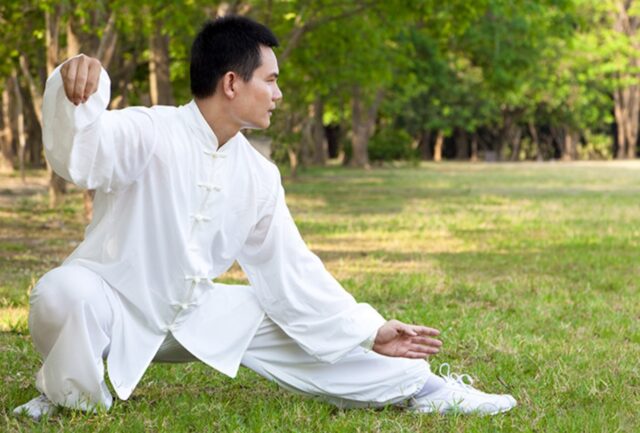
Being active and doing some kind of sport in the modern world comes in many different shapes and sizes. The sheer amount of different physical activities people do to get and stay in shape is fascinating, and it seems there have never been more things you can do. From classic cardio activities like jogging, running, swimming, and cycling, to practicing some of the most famous sports in the world like football, basketball, or tennis, whatever you like in general can reflect in some type of exercise or activity.
However, if none of the above seem that interesting or if you simply wish to do something a little bit more exotic, you may have considered a fighting sport, that is, a martial art style. Martial arts are among the oldest and most respected skills and sports in the world. They have long traditions and many forms that make them vastly different from each other. Although the premise is largely the same, everything else is different.
When it comes to choosing, it can be really hard and even overwhelming. What makes one better or worse? Is there the best martial art or are they all equal? Questions are many, and the answers are even more. In this article, we will tackle this problem and help you decide what the right martial art style for you might be. Make sure to read the article thoroughly if you wish to educate yourself on the crucial information regarding some of the most popular martial arts in the world.
1. Brazilian Jiu-Jitsu (BJJ)
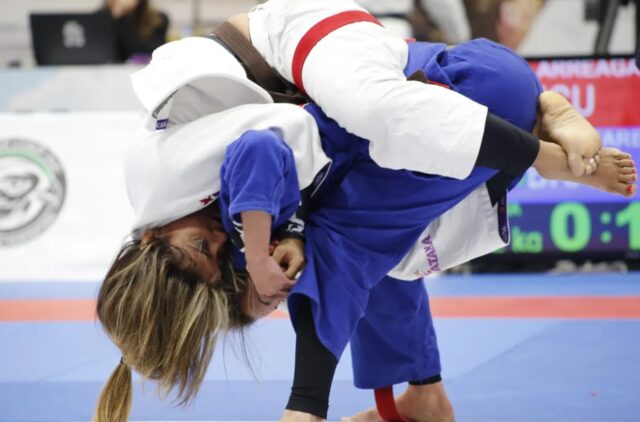
The famous form of jiu-jitsu appeared for the first time during the early 1900s when it separated itself from judo. However, it gained the most prominence much later, during the early UFC tournaments, when master Royce Gracie started dominating his opponents.
This is a ground grappling technique that is famous for its unexpected moves and seemingly break-dance-like nature. The main goal is to put your opponent in a submission hold that hurts so much that they submit, or knocks them out completely. This makes it one of more brutal martial arts out there. Rolling is in the core of the training, which is a fancy word for wrestling. It can either be done in a traditional uniform called gi, or a T-shirt and a pair of shorts.
This fighting style is very fatiguing on the whole body because it uses nearly every muscle. If you want to have an iron grip, pick BJJ. The main question to ask yourself is whether you want a self-defense style that can help you out in the street. If the question to this is yes, that pick something else. In addition, those who appreciate their personal space usually do not like BJJ. Headgear is highly advised so as to avoid cauliflower ear. To learn more about this type of martial art style and purchase some equipment, make sure to visit Elite Sports.
2. Kickboxing (Muay Thai)
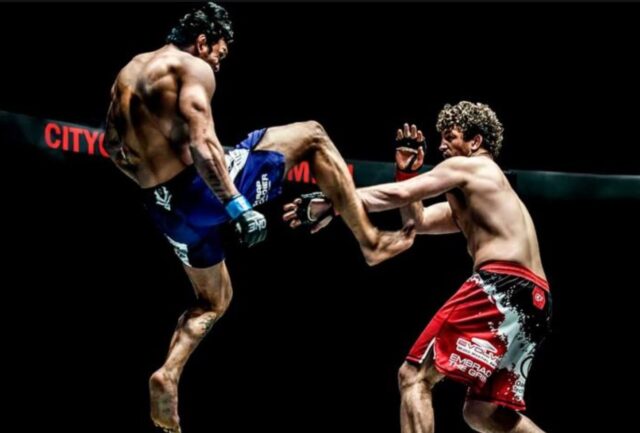
One of the most favorite martial arts to both watch the professional matches of and practice is definitely kickboxing. The more engaged and acrobatic cousin of traditional boxing grew so popular that an umbrella term for everything involving both hands and legs is often considered kickboxing. However, this style originating from Thailand also involves knee and elbow strikes, as well as clinching, which is a type of grappling. Muay Thai has become very famous thanks to action movies of the 1980s and 1990s, in which many martial art savvy movie star acrobats like Jean Claude Van Damme beat the hell out of their opponents using Muay Thai.
Most training is done through Thai pads that help the fighters do the combos. When you learn all the attacks on the pads, sparring is the best (and the only) way to become better. It is hard on the hips and shoulders, as well as the general endurance. This makes it one of the toughest ones out there. If competing in a martial art is something you wish, there is no better style than kickboxing. Most of the best MMA fighters use it, at lest to some extent, as the base of their attacks. Naturally flexible people benefit from it the most. Self-defense-wise, it is somewhere on the middle levels of practicality.
3. Wing Chun Kung Fu
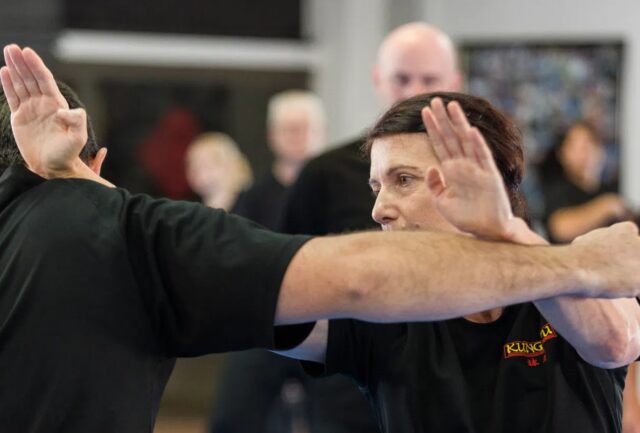
If martial arts movies are known for something, that would definitely be the Wing Chun form of the famous Kung Fu style of fighting. The fast-paced, close-range style comes straight from China and their long tradition of fighting sports. It focuses on balance and inner peace, and involves relaxation techniques that help the fighter keep the body in best shape possible, both physical and mental.
This makes it a way of lifestyle for many, and not just means to beat your opponent in a fight. The rapid punches make for amazing on-screen combat, which is why Ip Man movies are so popular. The grandmaster of the same name had multiple famous students, most notably Bruce Lee. The art involves moving forward while attacking the foe, with the idea of a center line in the body that moves every action behind it. The stance you take prior to the start of a fight is quite different from other styles, which often makes beginners sore in places that they never knew were possible.
If you appreciate personal space or if you have slow reflexes, Wing Chun is not for you. Furthermore, the lack of leg use (for the most part) makes it great for those looking to mostly involve the arms. Practicing with wooden dummies is very hard on the forearms, so wearing long sleeves is advised. It is good for self-defense, concentration, and balance, so try it out if this is something you want.
Bonus Tips
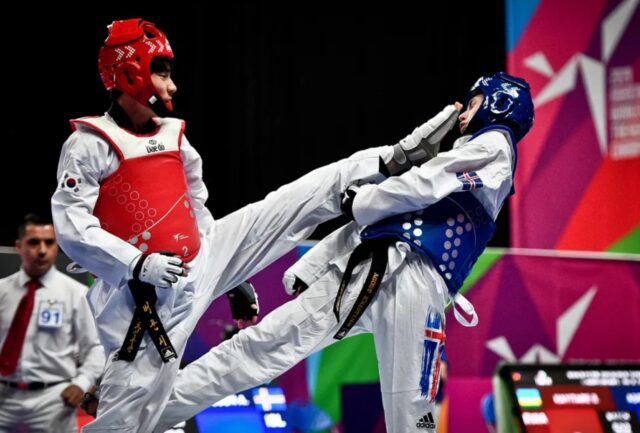
- Krav Maga – Israeli Defense Force martial art, involves kicks, throws, and punches. Used for real-life like disarming and self-defense. Trainings involve rubber guns and knives. Popular in movies. Fighting when tired is important in usually intense workouts with many difficult drills. Best for those looking for lots of contact. Translates to “battle contact” from Hebrew.
- Tae Kwon Do – Famous Korean style, a broad term for many different variations. In total, it has more followers than any other martial art or Olympic sport. Punches, kicks, and throws involved. Flying kicks are popular in video games and movies. Training includes breaking activities (boards and bricks), drills, sparring, and relaxation techniques. Lots of gear and equipment involved for sparring. Competition potential is very high.
Conclusion
All fighting styles and martial arts are different and it basically comes down to who you are as a person. Think about what you want the sport for and where you wish to use it, as well as what you enjoy in life generally. These things can help you pick the right martial art style for you because many of them are traditional, have a certain codex, and are a way of life apart from a fighting style.









